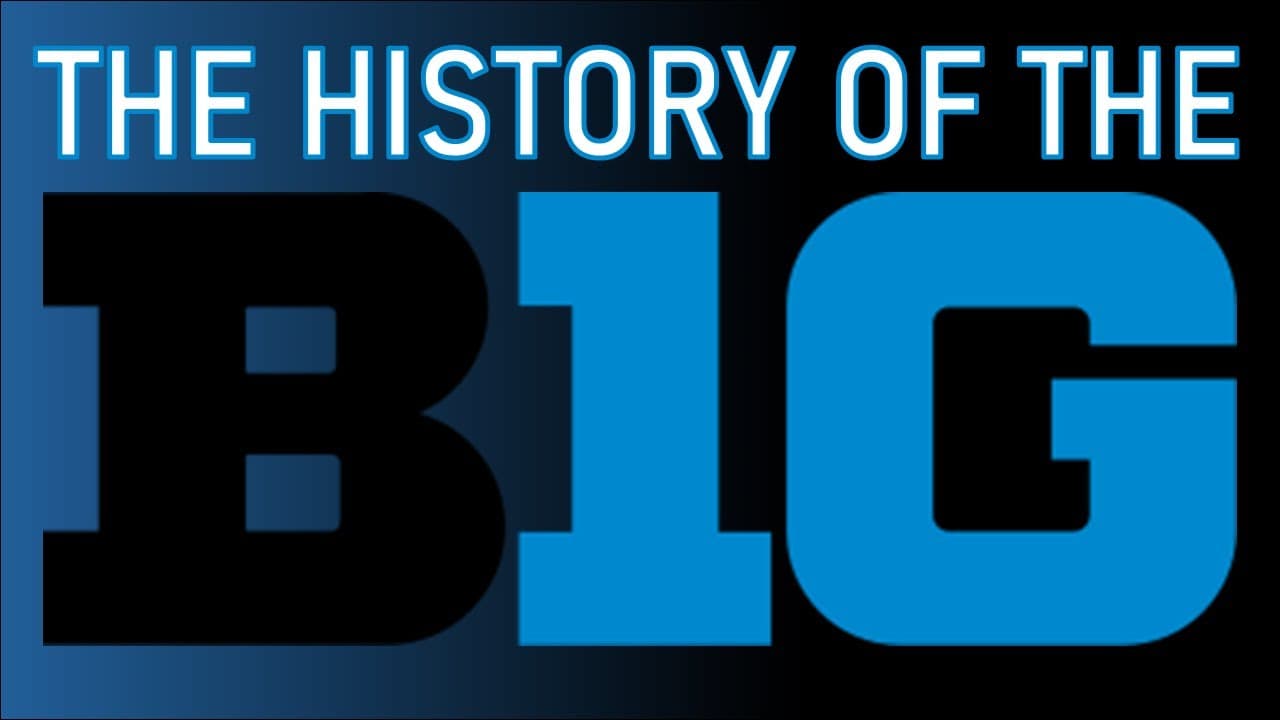Editor’s note: The cost of college—its historic rise and how to navigate current expenses—is intertwined with the issue of student loan debt. This page focuses on understanding the costs of (and how to pay for) higher education; see our resources on student debt here.
Background
Since the middle of the 20th century, higher education has been viewed as a steppingstone to well-paying professional careers for millions of Americans. Earning a degree has become a viable path to upper-class prosperity for many, in particular first-generation college students.
But, it can be costly. As of 2025, annual tuition alone ranges from around $10K for an in-state, four-year public university to almost $40K for private institutions.
The total price tag—when including living expenses, fees, and other costs—for a bachelor’s degree in the US can now exceed $100K for public institutions, requiring the majority of students to secure financing to cover the cost of education.
History
In 1950, around 2.3 million Americans were enrolled in college, or about 1.5% of the population (historic census data). By 2023, this percentage had risen to 7%—or 24 million students—and more than one-third of adult Americans had completed a four-year program.
In 1958, the National Defense Student Loan program was created to focus on developing students in areas deemed critical to national security. The 1965 Higher Education Act broadly expanded federal student aid to the general population. Find a thorough history of federal student aid policy here.
Even accounting for inflation, average tuition and fees have more than tripled since 1970 (see tables).
Covering Costs
On average, contributions from parents (39%) and college savings funds (11%) cover roughly half of the cost of a college academic year. To pay for the remainder, students rely on scholarships, grants, work-study programs, and loans.
One primary mechanism to save for college is a 529 plan. These tax-favored accounts grow tax-deferred, and withdrawals aren’t subject to state or federal taxes if used for qualifying educational purposes.
The federal work-study program allows students to earn financial aid while getting practical part-time work experience. Average awards are small relative to tuition costs, around $2K annually.
Fewer than one in 10 students receive a scholarship. An estimated $46B in public scholarships are given each year (along with about $7B in private scholarships). Search through more than 9,600 scholarship opportunities here.
Around 40% of students take out loans each year, with the vast majority relying on federal loan programs. There are three general types—subsidized (interest does not accrue while in school), unsubsidized, and options for parents and graduate students.
Applying for federal student aid is free. Students must fill out a FAFSA (Free Application for Federal Student Aid) by Oct. 1 for the following school year. See how to follow the process and find the link to download a FAFSA form here.
Are Costs Sustainable?
The rising cost of higher education has sparked public debate over the return on investment of the decision to attend college. Many high-profile universities have begun to offer generous aid packages and claim full sticker price costs are only paid by a small percentage of enrollees.
A consequence of rising college costs is accumulating student loan debt. More than 43 million Americans hold a total of $1.6T in outstanding federal loans, with the average household with student debt owing around $55K.


